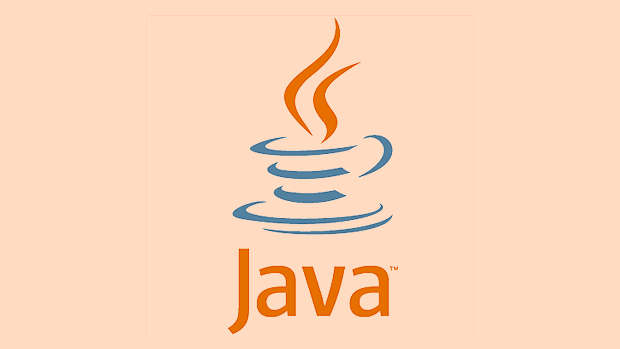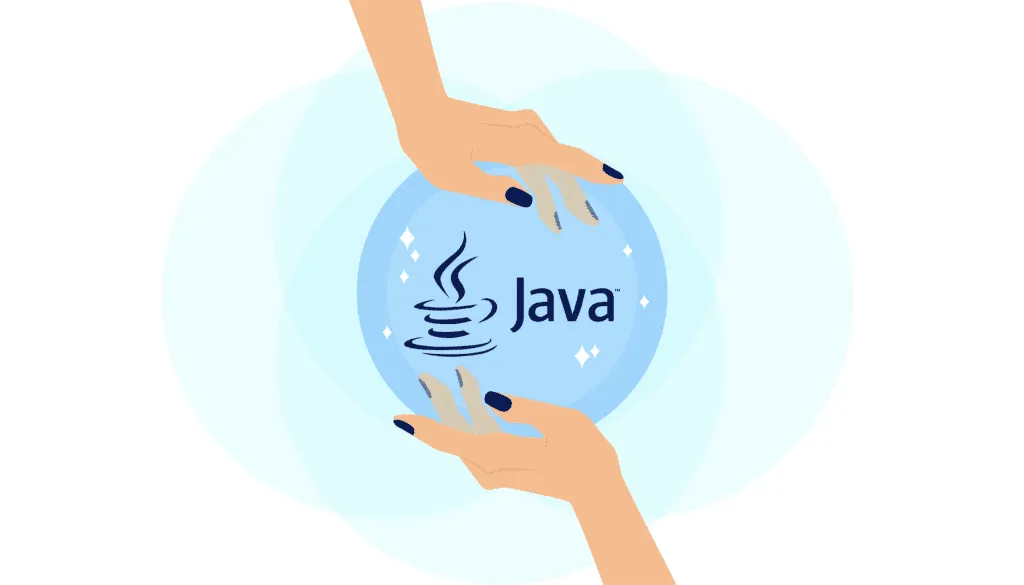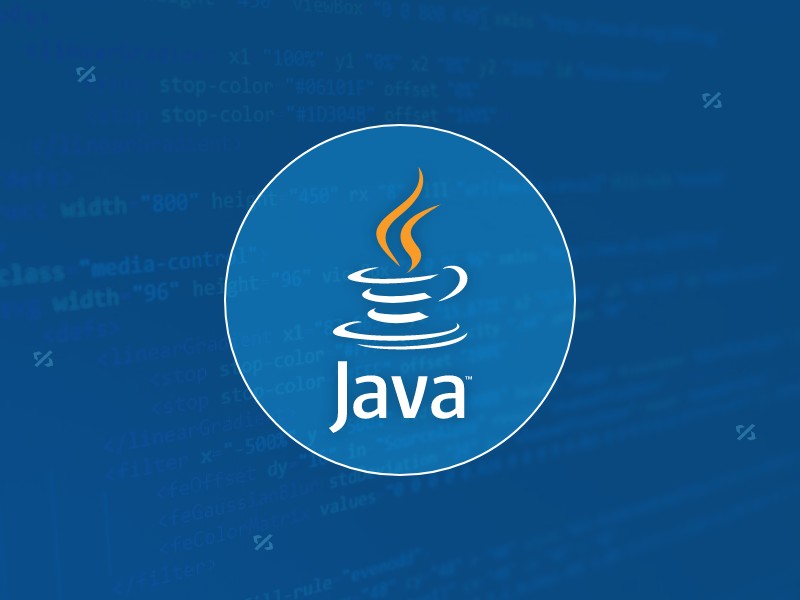Connecting Java to Specific Databases like MySQL
Jul 04, 2025 am 02:09 AMJava application connection MySQL usually uses JDBC. The specific steps are as follows: 1. Add MySQL JDBC driver dependencies (such as Maven configuration) or manually add JAR; 2. Make sure the MySQL service is running and ready for connection information (host, port, database name, user name and password); 3. Use DriverManager.getConnection() to establish a connection, and pay attention to the JDBC URL format and automatic driver loading characteristics; 4. Perform queries and operations through Statement or PreparedStatement, and prioritize the use of PreparedStatement to prevent SQL injection; 5. Correctly close ResultSet, Statement and Connection to avoid resource leakage; 6. Solving common problems such as ClassNotFoundException, SQLException, time zone warnings and SSL errors can be excluded by checking dependencies, URL parameters and external testing.

Java apps hooking up to MySQL is pretty standard these days. If you're dealing with anything from a basic app to something more complex, connecting Java to MySQL usually involves JDBC (Java Database Connectivity). Let's walk through how that works in practice.

Setting Up the Environment
First things first — make sure your project has access to the MySQL JDBC driver. If you're using Maven or Gradle, just add the dependency. For example, in Maven:

<dependency>
<groupId>mysql</groupId>
<artifactId>mysql-connector-java</artifactId>
<version>8.0.33</version>
</dependency>If not, download the JAR manually and add it to your build path. Also, confirm that your MySQL server is running and accessible. You'll need the host address, port (usually 3306), database name, username, and password handy before moving forward.
Establishing the Connection
To connect Java to MySQL, use DriverManager.getConnection() . The connection string follows a specific format:

jdbc:mysql://[host]:[port]/[database]?user=[username]&password=[password]
Here's a simple example:
Connection conn = DriverManager.getConnection(
"jdbc:mysql://localhost:3306/mydb", "root", "password");A few things to watch for:
- Make sure the JDBC URL matches your setup.
- Older versions of MySQL drivers required you to explicitly load the driver class using
Class.forName("com.mysql.cj.jdbc.Driver"), but newer ones handle this automatically. - Always close connections when done — use try-with-resources where possible.
Handling Queries and Results
Once connected, you can execute queries using Statement or PreparedStatement . Use executeQuery() for SELECT statements and executeUpdate() for INSERT/UPDATE/DELETE.
For example:
Statement stmt = conn.createStatement();
ResultSet rs = stmt.executeQuery("SELECT id, name FROM users");
while (rs.next()) {
int id = rs.getInt("id");
String name = rs.getString("name");
System.out.println("User: " name);
}A few tips:
- Prefer
PreparedStatementover regularStatementto prevent SQL injection. - Always validate and clean input before passing it into a query.
- Don't forget to close
ResultSet,Statement, andConnectionobjects to avoid leaks.
Troubleshooting Common Issues
Some common problems pop up when connecting Java to MySQL:
- ClassNotFoundException : Missing JDBC driver. Double-check dependencies.
- SQLException : Usually related to incorrect credentials, wrong URL, or network issues.
- Timezone errors : Add
serverTimezone=UTCto the JDBC URL if you see warnings about time zones. - SSL connection errors : If SSL isn't needed, append
useSSL=falseto the connection string.
Also, test connectivity outside Java first — try connecting via MySQL Workbench or command line to rule out configuration issues on the DB side.
Basically that's it.
The above is the detailed content of Connecting Java to Specific Databases like MySQL. For more information, please follow other related articles on the PHP Chinese website!

Hot AI Tools

Undress AI Tool
Undress images for free

Undresser.AI Undress
AI-powered app for creating realistic nude photos

AI Clothes Remover
Online AI tool for removing clothes from photos.

Clothoff.io
AI clothes remover

Video Face Swap
Swap faces in any video effortlessly with our completely free AI face swap tool!

Hot Article

Hot Tools

Notepad++7.3.1
Easy-to-use and free code editor

SublimeText3 Chinese version
Chinese version, very easy to use

Zend Studio 13.0.1
Powerful PHP integrated development environment

Dreamweaver CS6
Visual web development tools

SublimeText3 Mac version
God-level code editing software (SublimeText3)

Hot Topics
 Using std::chrono in C
Jul 15, 2025 am 01:30 AM
Using std::chrono in C
Jul 15, 2025 am 01:30 AM
std::chrono is used in C to process time, including obtaining the current time, measuring execution time, operation time point and duration, and formatting analysis time. 1. Use std::chrono::system_clock::now() to obtain the current time, which can be converted into a readable string, but the system clock may not be monotonous; 2. Use std::chrono::steady_clock to measure the execution time to ensure monotony, and convert it into milliseconds, seconds and other units through duration_cast; 3. Time point (time_point) and duration (duration) can be interoperable, but attention should be paid to unit compatibility and clock epoch (epoch)
 How does a HashMap work internally in Java?
Jul 15, 2025 am 03:10 AM
How does a HashMap work internally in Java?
Jul 15, 2025 am 03:10 AM
HashMap implements key-value pair storage through hash tables in Java, and its core lies in quickly positioning data locations. 1. First use the hashCode() method of the key to generate a hash value and convert it into an array index through bit operations; 2. Different objects may generate the same hash value, resulting in conflicts. At this time, the node is mounted in the form of a linked list. After JDK8, the linked list is too long (default length 8) and it will be converted to a red and black tree to improve efficiency; 3. When using a custom class as a key, the equals() and hashCode() methods must be rewritten; 4. HashMap dynamically expands capacity. When the number of elements exceeds the capacity and multiplies by the load factor (default 0.75), expand and rehash; 5. HashMap is not thread-safe, and Concu should be used in multithreaded
 mysql common table expression (cte) example
Jul 14, 2025 am 02:28 AM
mysql common table expression (cte) example
Jul 14, 2025 am 02:28 AM
CTE is a temporary result set in MySQL used to simplify complex queries. It can be referenced multiple times in the current query, improving code readability and maintenance. For example, when looking for the latest orders for each user in the orders table, you can first obtain the latest order date for each user through the CTE, and then associate it with the original table to obtain the complete record. Compared with subqueries, the CTE structure is clearer and the logic is easier to debug. Usage tips include explicit alias, concatenating multiple CTEs, and processing tree data with recursive CTEs. Mastering CTE can make SQL more elegant and efficient.
 Top Java interview questions
Jul 14, 2025 am 01:59 AM
Top Java interview questions
Jul 14, 2025 am 01:59 AM
High-frequency questions in Java interviews are mainly focused on basic syntax, object-oriented, multithreaded, JVM and collection frameworks. The most common questions include: 1. There are 8 basic Java data types, such as byte, short, int, long, float, double, char and boolean. It is necessary to note that String is not the basic data type; 2. Final is used to modify classes, methods or variables to represent immutable, and finally is used to ensure code execution in exception processing. Finalize is an Object class method for cleaning before garbage collection; 3. Multi-thread synchronization can be achieved through synchronized keywords, ReentrantLock, and vo.
 PHP prepared statement get result
Jul 14, 2025 am 02:12 AM
PHP prepared statement get result
Jul 14, 2025 am 02:12 AM
The method of using preprocessing statements to obtain database query results in PHP varies from extension. 1. When using mysqli, you can obtain the associative array through get_result() and fetch_assoc(), which is suitable for modern environments; 2. You can also use bind_result() to bind variables, which is suitable for situations where there are few fields and fixed structures, and it is good compatibility but there are many fields when there are many fields; 3. When using PDO, you can obtain the associative array through fetch (PDO::FETCH_ASSOC), or use fetchAll() to obtain all data at once, so the interface is unified and the error handling is clearer; in addition, you need to pay attention to parameter type matching, execution of execute(), timely release of resources and enable error reports.
 How to format a date in Java with SimpleDateFormat?
Jul 15, 2025 am 03:12 AM
How to format a date in Java with SimpleDateFormat?
Jul 15, 2025 am 03:12 AM
Create and use SimpleDateFormat requires passing in format strings, such as newSimpleDateFormat("yyyy-MM-ddHH:mm:ss"); 2. Pay attention to case sensitivity and avoid misuse of mixed single-letter formats and YYYY and DD; 3. SimpleDateFormat is not thread-safe. In a multi-thread environment, you should create a new instance or use ThreadLocal every time; 4. When parsing a string using the parse method, you need to catch ParseException, and note that the result does not contain time zone information; 5. It is recommended to use DateTimeFormatter and Lo
 Choosing appropriate data types for columns in MySQL tables
Jul 15, 2025 am 02:25 AM
Choosing appropriate data types for columns in MySQL tables
Jul 15, 2025 am 02:25 AM
WhensettingupMySQLtables,choosingtherightdatatypesiscrucialforefficiencyandscalability.1)Understandthedataeachcolumnwillstore—numbers,text,dates,orflags—andchooseaccordingly.2)UseCHARforfixed-lengthdatalikecountrycodesandVARCHARforvariable-lengthdata
 What is a BiConsumer in Java?
Jul 14, 2025 am 02:54 AM
What is a BiConsumer in Java?
Jul 14, 2025 am 02:54 AM
BiConsumer is a functional interface in Java that handles operations that do not return results. It belongs to the java.util.function package and is suitable for scenarios where two data are required to operate at the same time, such as key-value pairs that traverse Map. A common usage is to iterate with Map's forEach method. Unlike other functional interfaces such as Consumer and BiFunction, BiConsumer does not generate a return value. The implementation methods include lambda expressions, method references and anonymous classes. When using them, you need to pay attention to the order of type parameters, non-returnable values, and exception handling.






